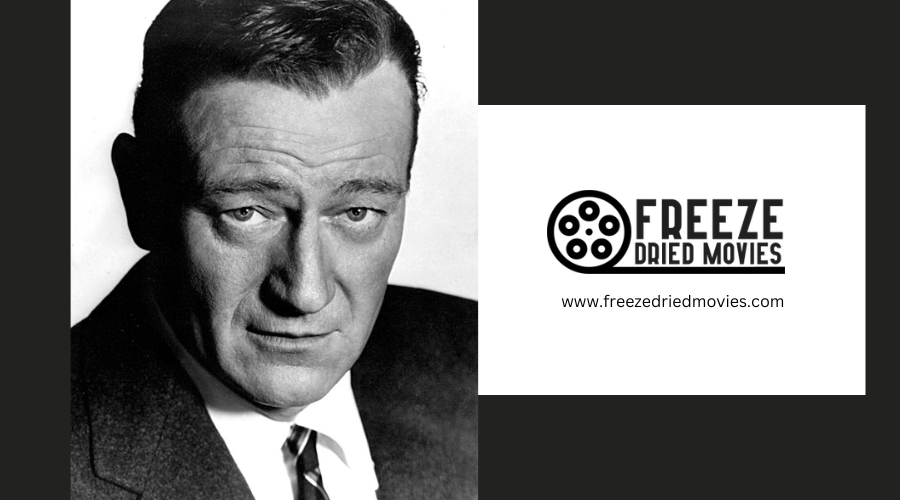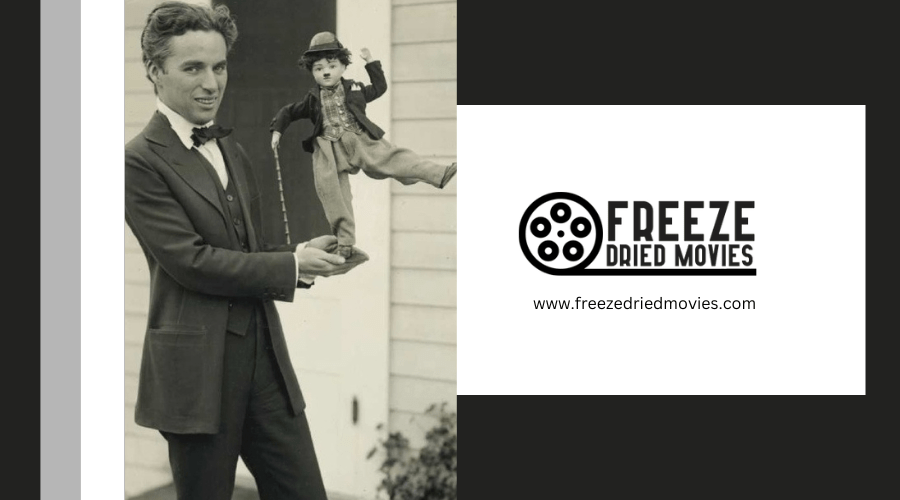Which 1950s Westerns Won Major Film Awards and Why?
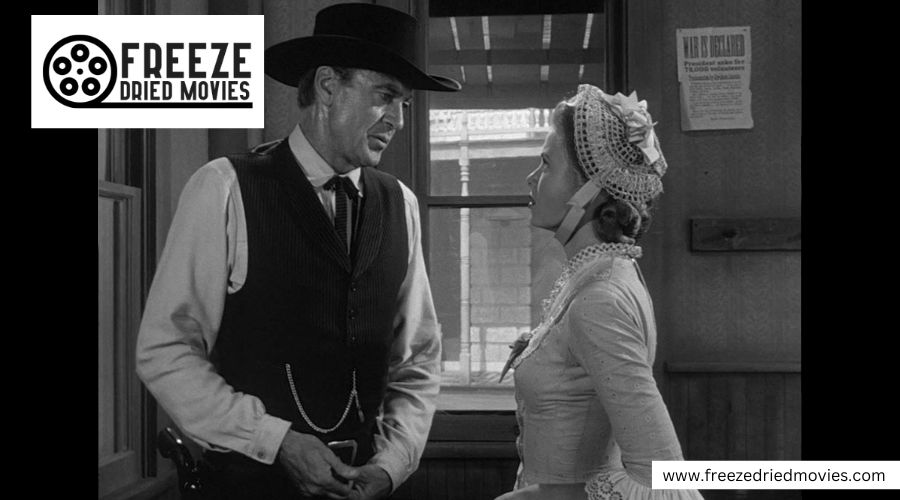
In the 1950s, Western films such as 'High Noon' and 'Shane' received major film awards for pioneering contributions to the genre. 'High Noon' won four Academy Awards in 1953, including Best Actor for Gary Cooper. It was acclaimed for its innovative real-time narrative and profound exploration of heroism.
'Shane' received the Oscar for Best Cinematography in 1954, praised for its effective use of Technicolor to enhance dramatic effect and elevate character portrayal. These films significantly influenced the portrayal of the American West in cinema through their innovative techniques and thematic depth, marking a transformation in Western storytelling.
Overview of 1950s Westerns
Western films experienced significant evolution during the 1950s, adopting more complex themes and innovative narrative techniques. 'High Noon,' starring Gary Cooper and Grace Kelly, exemplifies this transformation. Unlike traditional Westerns that often centered around straightforward conflicts between cowboys and outlaws, 'High Noon' implemented a real-time narrative structure. This approach not only escalated the suspense but also enhanced the viewer's emotional connection, presenting the protagonist's crisis as it unfolded in real-time.
The film diverged from the typical portrayal of morality in Westerns, which was often clear-cut. Instead, it delved into deeper issues such as duty, honor, and the tension between individual conscience and community expectations. These themes prompted viewers to reconsider the conventional heroics associated with Western protagonists, marking a departure from the genre's previously simplistic portrayals of good versus evil.
'High Noon' did more than entertain; it engaged its audience intellectually and challenged them to reflect on the narrative's underlying messages. The transition in the 1950s from traditional Westerns to more nuanced films like 'High Noon' significantly enriched the cinematic experience and expanded the ways Western stories could be interpreted and valued.
High Noon's Award Success

'High Noon,' released in 1952, distinguished itself from conventional Westerns and secured four Academy Awards in 1953, including Best Actor for Gary Cooper. Its real-time narrative, which closely mirrors the film's runtime, intensifies the drama and urgency. The story unfolds as Gary Cooper's character, the town marshal, grapples with a profound ethical dilemma under the pressure of an impending showdown.
The film's innovative approach to storytelling, focusing on personal conflict and moral responsibility rather than typical Western action, marked a significant departure from the genre norms. This narrative choice not only heightened the suspense but also deepened the viewer's engagement with the character's isolation and decision-making process.
The Oscars for Best Editing, Best Music, and Best Song further recognized 'High Noon's' technical prowess and its effective use of cinematic elements to enhance the narrative tension. These accolades underscore the film's lasting impact and its role in shaping the evolution of the Western genre.
Shane: Analysis of Accolades
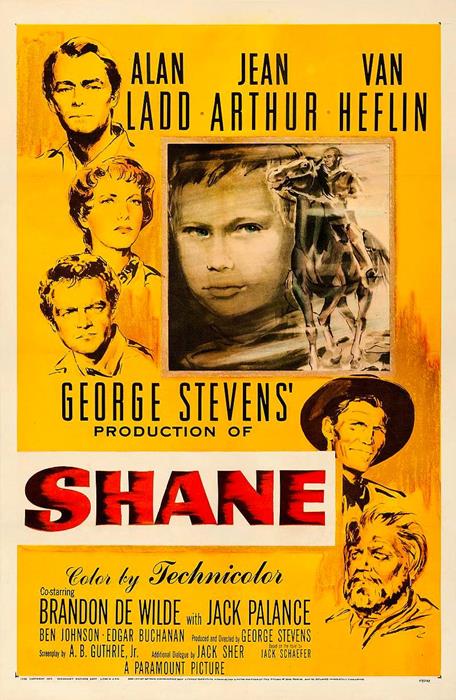
'Shane' won the Academy Award for Best Cinematography in 1954, underscoring its outstanding visual depiction of the American West. This honor recognized not only the film's aesthetic beauty but also how cinematography can enhance a story, drawing viewers into the stark landscapes and intense conflicts characteristic of the Western genre. Loyal Griggs, the cinematographer, employed Technicolor to add a striking vibrancy to the scenes, which was innovative for the era.
Key reasons 'Shane' was distinguished:
- Visual Mastery: Technicolor was used effectively to create an atmosphere that complemented the film's tension and drama, enhancing the depiction of the Old West.
- Innovative Techniques: Griggs employed advanced framing and lighting to imbue the film with a mythic quality, making characters such as Shane appear heroic.
- Emotional Depth: The cinematography was integral to the storytelling, using visual elements to enhance the narrative's emotional layers.
In addition to its cinematographic achievement, 'Shane' received Oscar nominations for Best Picture and Best Director, highlighting its overall quality and significance. This film isn't merely entertaining but a significant work in the history of cinema, particularly within the Western genre.
The Searchers' Cinematic Impact

'The Searchers,' directed by John Ford and released in 1956, is renowned not only for its stunning visuals but also for its profound exploration of complex themes within the Western genre. The film, featuring John Wayne and Jeffrey Hunter, critically examines traditional Western hero stereotypes by delving into issues of racism and obsession. It offers a critical perspective on the interactions between white settlers and Native Americans.
In 'The Searchers,' the depiction of Native Americans is nuanced, contributing significantly to the film's enduring influence on cinema. Ford integrates the stark landscapes as more than mere settings; they actively shape the film's narrative, enriching its emotional and psychological dimensions.
Here's an overview of the film's contributions to cinema:
| Aspect | Contribution to Cinema |
|---|---|
| Cinematic Techniques | Innovative use of landscape to drive narrative |
| Character Complexity | Explored the psychological depths of heroes and villains |
| Themes | Tackled issues of racism, redemption, obsession |
'The Searchers' is not merely a film; it serves as a critical reflection on the period it depicts, prompting a reevaluation of American West myths through its compelling storytelling and nuanced character portrayals.
Broken Arrow: Breaking Stereotypes
While 'The Searchers' critically examines the myths of the American West, 'Broken Arrow' advances this dialogue by depicting Native Americans in a more favorable and nuanced manner. The film is notable in the Western genre for its pioneering representation of Native American characters as dignified and multi-dimensional, contrasting with their traditional roles as mere adversaries. 'Broken Arrow' not only entertained audiences but also educated them, altering perceptions and enhancing understanding.
Here are key aspects through which 'Broken Arrow' transformed the genre:
- Empathetic Representation: The film portrays Native American characters with dignity and complexity, humanizing them in a way that was uncommon in previous Westerns.
- Challenging Stereotypes: It deviates from the stereotypical portrayal of Native Americans solely as villains, promoting a more balanced view.
- Promoting Understanding: Through its positive depiction of Native Americans, the film fosters empathy and insight among viewers.
The narrative shift introduced by 'Broken Arrow' significantly contributed to its critical acclaim and played a crucial role in redefining the portrayal of Native Americans within the Western genre. 'Broken Arrow' did more than narrate a story; it initiated a vital dialogue on representation and respect, marking a significant moment in Hollywood's depiction of Indigenous people.
Johnny Guitar's Unique Style
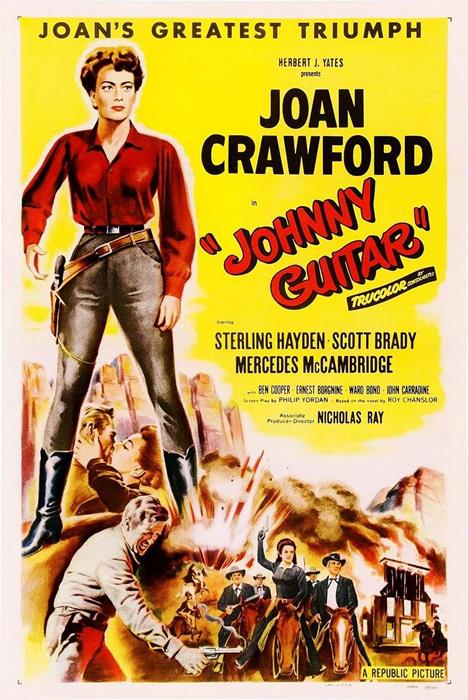
'Johnny Guitar' distinguishes itself within the Western genre through its unconventional style and prominent female protagonists. The film deviates from classic Western motifs, opting instead for a mix of melodrama and psychological tension, making it more than just a typical cowboy narrative.
The film's female characters are integral to the storyline, defying the era's gender norms by taking on leadership roles. This shift not only deepens the plot but also presents a novel viewpoint to audiences of the 1950s and later periods.
'Johnny Guitar' also excels in its visual presentation. The striking use of color, lighting, and creative set designs contribute significantly to the depth and emotional impact of the film. Although initially met with mixed critiques, 'Johnny Guitar' has since garnered a cult following, appreciated for its pioneering approach and innovation in the Western cinema landscape.
The Gunfighter's Narrative Excellence
Exploring the groundbreaking elements of 'High Noon,' this film is noted for its pioneering real-time narrative, which significantly influenced the Western genre. Unlike typical Westerns that rely on standard shootouts, 'High Noon' introduces a gripping blend of suspense and ethical complexity. The plot unfolds in nearly the same duration as the film itself, about 90 minutes, enhancing the immediacy and urgency of the storyline.
Key aspects that distinguish 'High Noon' include:
- Real-time narrative: The film's plot progresses in sync with its runtime, effectively engaging the audience in the tense atmosphere of the unfolding drama.
- Moral complexity: Gary Cooper's portrayal deviates from the conventional Western hero. His character, the town marshal, displays fear and uncertainty, offering a deeper, more relatable human experience.
- Award-winning storytelling: 'High Noon' was recognized for its narrative innovation, earning four Academy Awards, including Best Actor for Gary Cooper.
These features ensure that 'High Noon' not only entertains but also enriches the Western genre with a more nuanced and realistic portrayal of its characters and their dilemmas.
Rio Bravo's Star Power
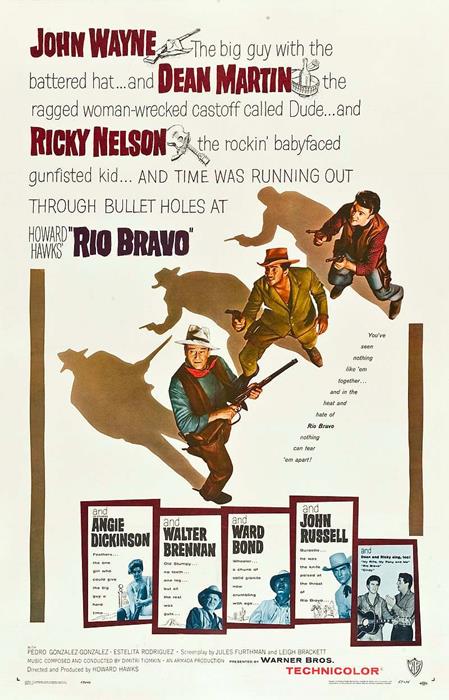
In 'Rio Bravo,' the stellar combination of John Wayne, Dean Martin, and Ricky Nelson significantly enhances the film's allure, demonstrating a dynamic blend of talents from different entertainment realms. John Wayne, a towering figure in Western cinema, virtually assures box office success with his commanding screen presence and archetypal cowboy persona, drawing in fans of classic westerns.
Dean Martin transitions from singing to acting with ease, showcasing his versatility. His performance in 'Rio Bravo' allows him to reach a wider audience, adding depth to his character by seamlessly integrating charm and vulnerability, a stark contrast to his usual musical performances.
Ricky Nelson introduces youthful vigor to the film, appealing to a younger audience and balancing the seasoned expertise of his co-stars with the changing tastes of contemporary Western viewers.
Collectively, these actors elevate 'Rio Bravo' beyond a mere film, turning it into a cultural milestone of the 1950s. Their combined star power not only lights up the screen but also captures the imagination, making the film a quintessential example of cinema from that era.
Awards and Legacy of 1950s Westerns
The 1950s Westerns, exemplified by 'High Noon', not only captivated audiences but also earned critical acclaim and box office success, significantly influencing the genre's evolution. These movies appealed to a broad audience, including teenage girls who were attracted to the charismatic protagonists and engaging plots.
Consider the following achievements:
- 'High Noon' (1952), distinguished for its innovative real-time narrative, won four Academy Awards, breaking away from the traditional Western mold.
- 'Stagecoach' (1939), released in the late 1930s, continued to influence the 1950s Westerns. It won two Academy Awards and was noted for its groundbreaking cinematography and narrative depth.
- 'Cimarron' (1931) won an Academy Award for its adaptation of a novel that vividly captured the spirit of the American frontier, setting the stage for the genre's popularity in subsequent decades.
These films not only dominated awards but also left a profound legacy that reshaped the Western genre. They blended traditional themes with innovative storytelling, a blend that continues to influence cinema today.
Conclusion
The 1950s marked a significant period for Westerns, with films like 'High Noon' and 'Broken Arrow' not only captivating audiences but also earning critical acclaim.
'High Noon,' featuring Gary Cooper, was notable for its real-time narrative and won four Academy Awards, including Best Actor. 'Broken Arrow' was pioneering in its sympathetic depiction of Native Americans and pushed for a more nuanced portrayal of Western themes. These films transcended mere entertainment, offering profound narratives and exceptional performances that set new standards for the genre.
When viewing these classics, you engage with compelling storytelling and key cinema milestones that have had a lasting influence on the film industry.

